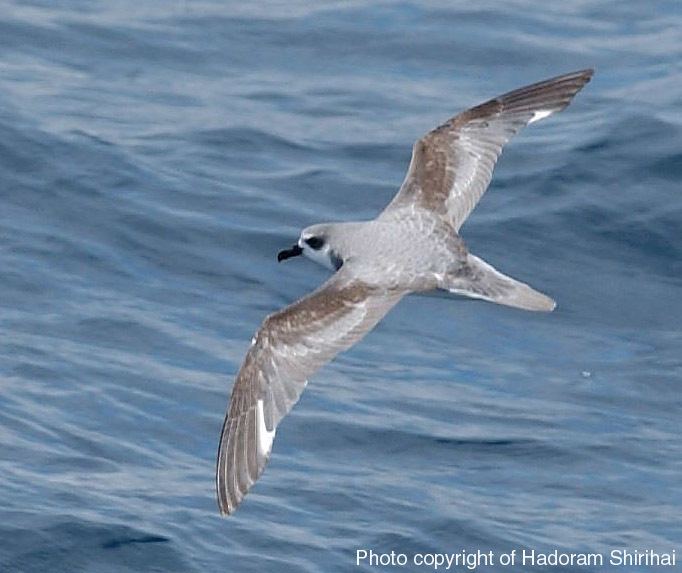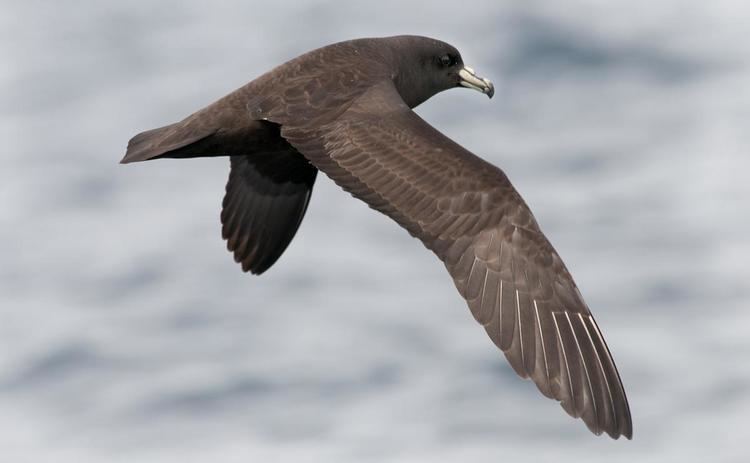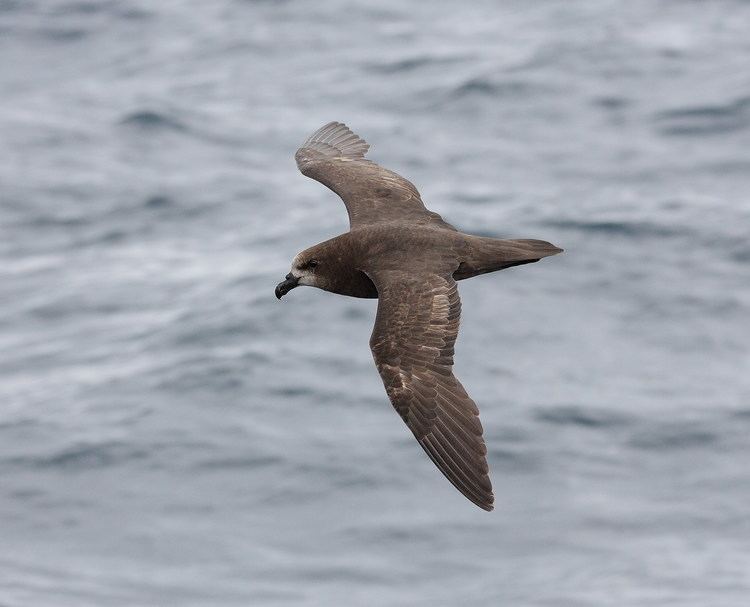Mass Bulwer's petrel: 99 g | ||
 | ||
Representative species | ||
Bto bird id petrels
Petrels are tube-nosed seabirds in the bird order Procellariiformes. The common name does not indicate relationship beyond that point, as "petrels" occur in three of the four families within that group (except the albatross family, Diomedeidae). Having a fossil record that was assumed to extend back at least 60 million years, the Procellariiformes was long considered to be among the older bird groupings, other than the ratites, with presumably distant ties to penguins and loons. However, recent research and fossil finds such as Vegavis show that the Galliformes (pheasants, grouse and relatives), and Anseriformes (ducks, geese) are still not fully resolved.
Contents

All the members of the order are exclusively pelagic in distribution — returning to land only to breed.
The family Procellariidae is the main radiation of medium-sized true petrels, characterised by united nostrils with medium septum, and a long outer functional primary. It is dominant in the Southern Oceans, but not so in the Northern Hemisphere.

It includes a number of petrel groups, the relationships between which have finally been resolved to satisfaction.

The family Hydrobatidae is the storm petrels, small pelagic petrels with a fluttering flight which often follow ships.
The family Pelecanoididae is the four species of diving petrels, genus Pelacanoides. These are auk-like small petrels of the southern oceans.

The word "petrel" comes from the Latin name for the Christian Saint Peter, and refers to the habits of certain species to hover just above the ocean waves, with their feet barely touching the water, thus giving an appearance of walking on water, as St. Peter is said to have done.

